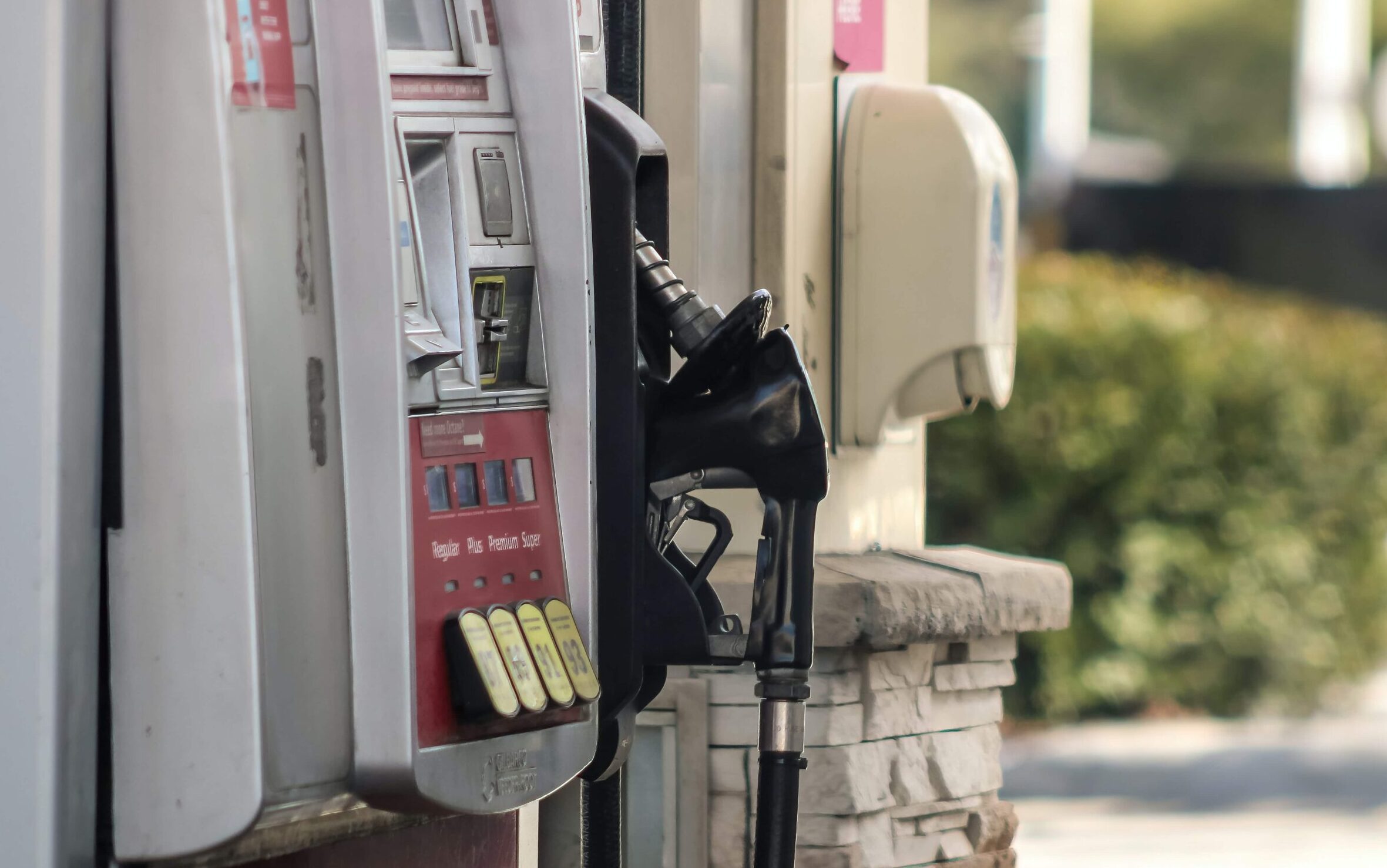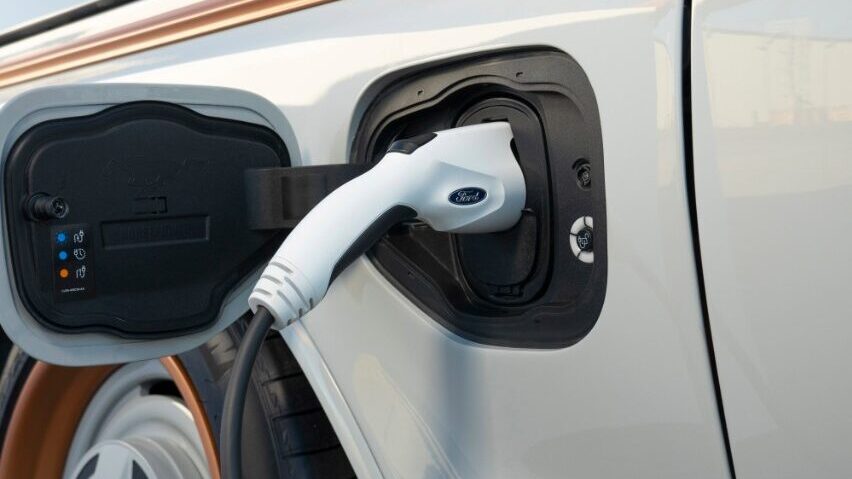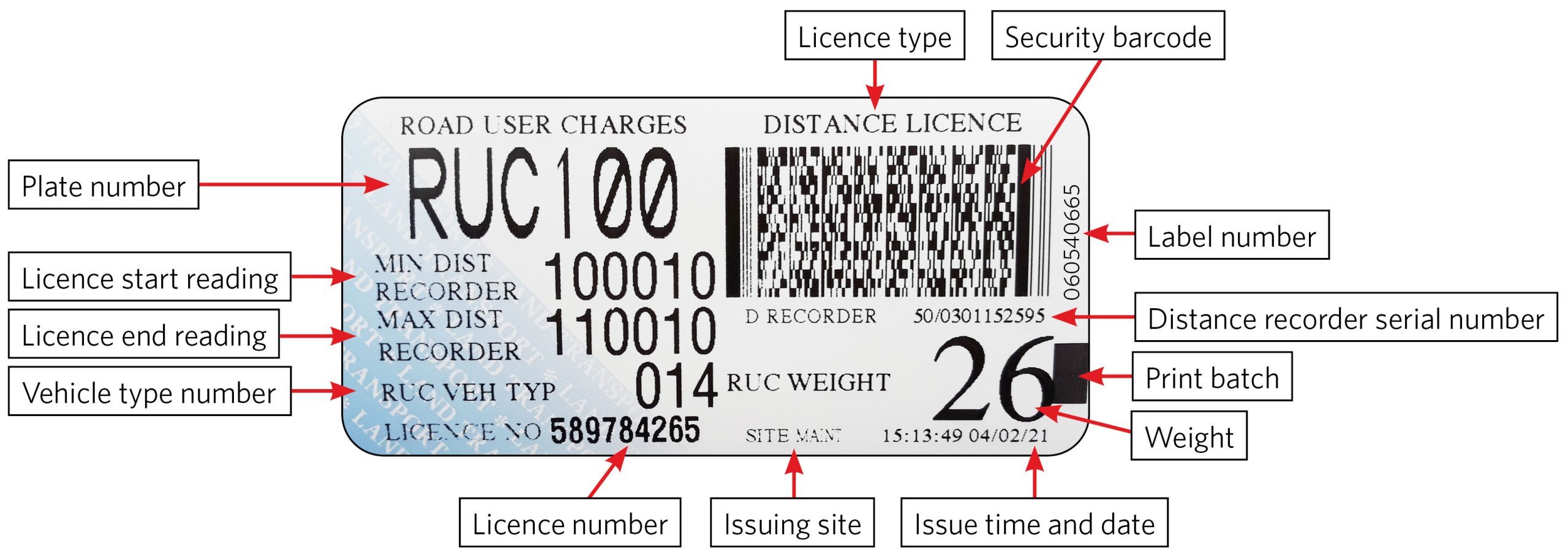Feature article
What are road user charges (RUC)?
You might have heard about road user charges, but what actually are they?

You might have heard about road user charges, but what actually are they? According to the NZTA; “Anyone using New Zealand’s roads contributes towards their upkeep. Most road users pay levies when they buy fuel. Others pay through road user charges (RUC).”
Revenue for the upkeep of roads is collected two ways. Drivers of petrol-powered cars pay an excise that is included in the price of gas. Drivers of diesel and electric vehicles pay through road user charges.
The revenue collected from road user charges (and petrol excise) goes toward the National Land Transport Fund. This is used to finance not only the upkeep of current roads but it also helps pay for new roads and highways, as well as public transport, road safety, and walking and cycling initiatives.
What vehicles need RUCs in NZ?
You’ll need to buy RUCs if your vehicle is powered by a diesel engine or is a battery electric vehicle with a plug (EVs and plug-in hybrids). Petrol hybrids that can’t be plugged in, do not need to pay RUCs.
The types of EVs that need a RUC are any that can be charged (EVs and PHEVs) and have a GVM (manufacturer's gross vehicle mass) between 1001kg–3500kg. EVs that weigh less than 1000kg (electric motorcycles for instance) don’t need to buy RUCs.
Once you’ve bought your RUC licence, you must display it at all times on the inside of the passenger’s side of the front windscreen. The face of the licence label, which shows the plate number, must be visible from outside the vehicle.
How much are RUCs?
The RUC rate for light EVs and diesels is $76 per 1000km. For plug-in hybrid electric vehicles (PHEVs) it is $38 per 1000km. This lower rate was implemented so that PHEV drivers are not double taxed, as they also pay fuel excise duty when they buy petrol. EVs pay the same rate as diesel-powered vehicles.
You must prepay your RUCs in units of 1000km. There is also an admin fee each time you buy a licence. This is $12.44 when you buy RUCs online, or $13.71 at an agent.
You can buy your RUCs online or in person through a New Zealand Transport Agency agent.
When buying and selling a vehicle with RUCs
When buying a vehicle that is subject to RUCs, make sure it has a current licence. This means the vehicle hasn't travelled past the maximum distance displayed on the label. If it’s not current, you'll be liable for the difference. For instance, if the licence is valid for 25,000km and the vehicle has travelled 35,000km, when you buy the next lot RUCs, you’ll have to pay for that 10,000km difference.
If you're selling a RUC vehicle you must make sure the RUC licence is current. According to the NZTA; it's an offence to sell a vehicle without a current RUC licence. RUC licences belong to the vehicle they were bought for and can't be transferred to another vehicle. Selling a vehicle ‘as is, where is’ doesn’t remove the seller’s legal requirements under consumer law and transport law, including the requirement to provide a current RUC licence.
Author
Other articles you might like




